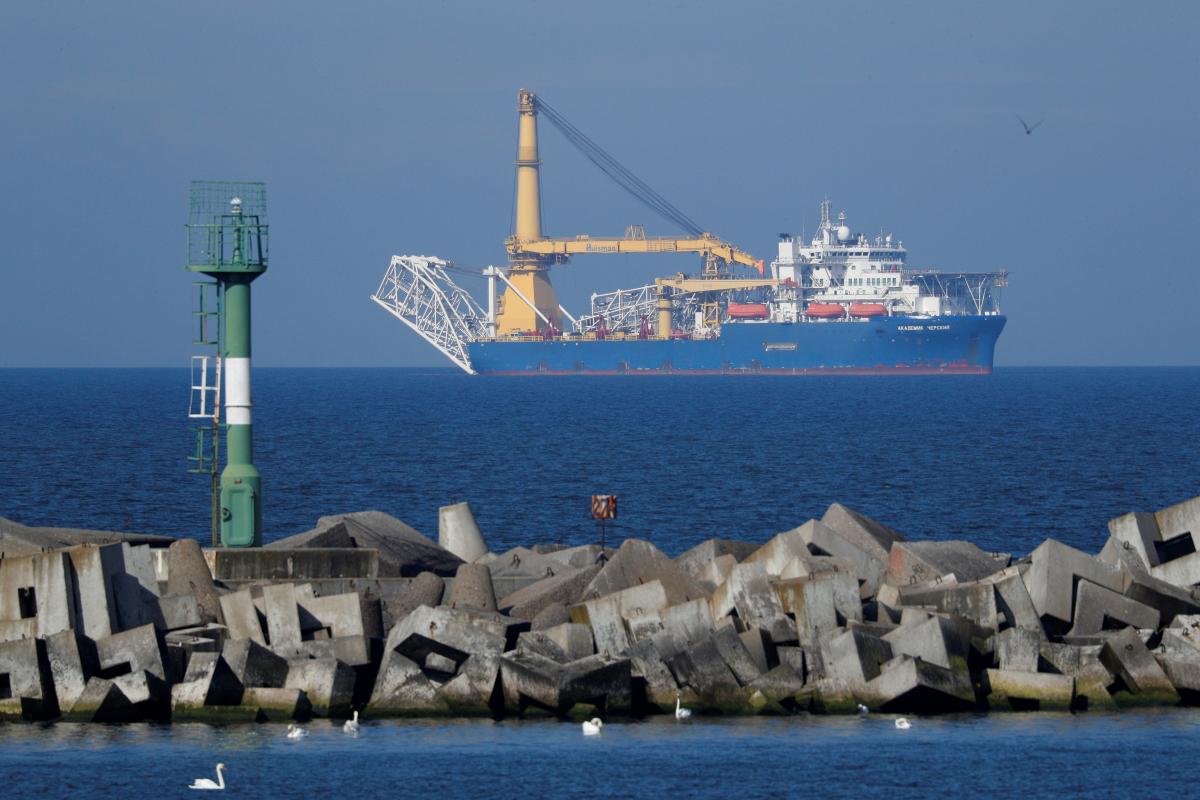
The Danish Energy Agency has decided that Nord Stream 2 AG also may use pipelaying vessels with anchors in connection with construction of the Nord Stream 2 pipelines.
"The Danish Energy Agency has at the request of Nord Stream 2 AG made a decision to change the condition to use pipelaying vessels with self-positioning (DP pipe-laying vessels) in the construction permit for the Nord Stream 2 pipelines, which the Danish Energy Agency granted Nord Stream 2 AG on October 30, 2019. The change means that the company can use pipe-laying vessels with anchors, either independently or in combination with DP pipe-laying vessels," according to a press release by the Danish Energy Agency.
In the decision, the Danish Energy Agency emphasized, among other things, that the remaining part of the pipelines to be constructed in Denmark is outside the area where bottom trawling, anchoring and seabed intervention are discouraged due to the risk posed by dumped chemical warfare agents.
Read alsoU.S. - sanctions - Gazprom: Washington's attempt to defeat Nord Stream 2
On June 5, 2020, Nord Stream 2 AG submitted a request to be able to use pipelaying vessels with anchors in connection with the construction of Nord Stream 2. Pipelaying vessels with anchors have been assessed in the environmental impact assessment for Nord Stream 2, but were not covered by the October 2019 permit.
UNIAN memo. The Nord Stream 2 project envisages the construction and operation of two gas pipeline branches with a total throughput capacity of 55 billion cubic meters of natural gas per year from the coast of Russia through the Baltic Sea to Germany. It should connect Russia's Ust-Lug and Germany's Greifswald. This new pipeline bypassing Ukraine is to be built next to the existing Nord Stream 1 pipeline. The construction of the pipeline was expected to be completed before the end of 2019. The pipeline will be 1,220 km long. The project is being implemented by Russia's Gazprom in alliance with European companies – ENGIE, OMV, Shell, Uniper, and Wintershall. Ukraine stands against the construction of Nord Stream 2 as it will most likely lose its status of a gas transit country, while its potential revenue losses are estimated at US$3 billion annually. The project is also highly criticized by the U.S., Poland, and the Baltic States.
Over the sanctions approved by the U.S. House of Representatives, the companies involved in the construction of the Nord Stream 2 gas pipeline were not able to complete it.
U.S. senators filed a new sanction-imposing bill, the PEESA [Protecting Europe's Energy Security Act] Clarification Act, in early June. Developed by representatives of the Republican and Democratic Parties, the document should make it impossible to complete the construction of Nord Stream 2 gas.

